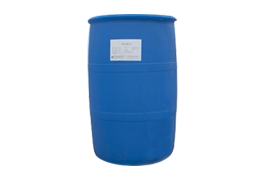The dilute solution of surfactant obeys the law of ideal solution. The adsorption capacity of surfactants on the surface of the solution increases with the increase of the concentration of the solution. When the concentration reaches or exceeds a certain value, the adsorption amount will no longer increase. These excess surfactants molecules are disordered or exist in a regular way. Both practice and theory show that they form a connective complex in a solution, which is called micelles.

At present, there are few kinds of high-grade fatliquors. Although there are waterproof, antistatic, antifouling and soft and full hand fatliquors, but there is no good mercerizing fatliquoring agent, so it is urgent to develop various fatliquors with special properties. The main development direction in the future is to synthesize fatliquors, sulfonated oils, sulfonated fatty alcohols, synthetic lipids and products with special properties such as waterproof, light, electrolyte and washing resistance. The binding fatliquor contains carboxyl group, which can be better combined with the tanning, and can overcome the disadvantage of the oil migration to the surface after the other fatliquors are put into service for a long time, which leads to the hardening of the leather body, especially the alkylalkanolamide type combined fatliquoring agent has been paid attention to.
The polymer surfactants can be classified into natural macromolecular surfactants and synthetic macromolecular surfactants according to the source classification.
Natural polymer surfactant is a amphiphilic water-soluble polymer separated and refined from plants, including the polymer surfactant (also called semi synthetic polymer surfactant) which is made by chemical modification of natural macromolecules. Such as various starch, gum, polysaccharide, modified starch, cellulose, protein and chitosan, etc. The synthetic polymer surfactant is a kind of polymer which is synthesized by homopolymerization of hydrophilic monomer or copolymerization with hydrophobic monomer. Such as polyacrylamide, polyacrylic acid and polystyrene acrylic acid copolymer.